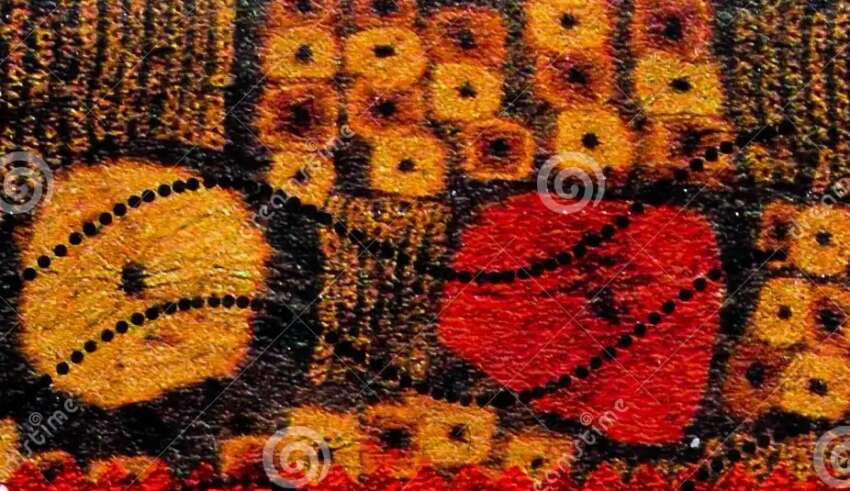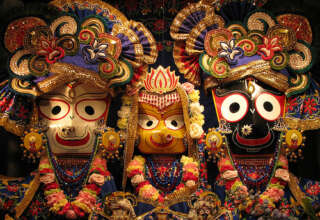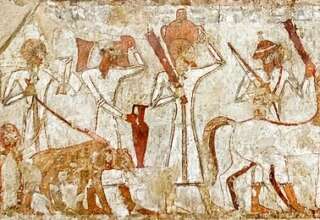
Health and Economy
Life expectancy at birth was 42 for males in 2004; for females it was 47. Infant mortality was 118 of 1000 live births. Twelve physicians are available per 100,000 people. About a quarter of the population lives below the international poverty line of US$1.25 a day. About 36% of women have undergone female genital mutilation. According to 2010 estimates, Ivory Coast has the 27th-highest maternal mortality rate in the world. The HIV/AIDS rate was 19th-highest in the world, estimated in 2012 at 3.20% among adults aged 15–49 years. Ivory Coast has partnered with nations of the Sub-Saharan region to strengthen water and sanitation infrastructure. This has been done mainly with the help of organisations such as UNICEF and corporations like Nestle. In 2015, the United Nations engineered the Sustainable Development Goals (replacing the Millennium Development Goals). They focus on health, education, poverty, hunger, climate change, water sanitation, and hygiene. A major focus was clean water and salinisation.
Around 64.8% of the Ivory Coast land is agricultural land; arable land amounted to 9.1%, permanent pasture 41.5%, and permanent crops 14.2%. Ivory Coast has, for the region, a relatively high income per capita (US$1,662 in 2017) and plays a key role in transit trade for neighbouring landlocked countries. As of the most recent survey in 2016, 46.1% of the population continues to be affected by multidimensional poverty. The country is the largest economy in the West African Economic and Monetary Union, constituting 40% of the monetary union’s total GDP. Ivory Coast is the fourth-largest exporter of general goods in sub-Saharan Africa (following South Africa, Nigeria, and Angola).
The country is the world’s largest exporter of cocoa beans. In 2009, cocoa-bean farmers earned $2.53 billion for cocoa exports and were projected to produce 630,000 metric tons in 2013. Ivory Coast also has 100,000 rubber farmers who earned a total of $105 million in 2012. Close ties to France since independence in 1960, diversification of agricultural exports, and encouragement of foreign investment have been factors in economic growth. In recent years, Ivory Coast has been subject to greater competition and falling prices in the global marketplace for its primary crops of coffee and cocoa. That, compounded with high internal corruption, makes life difficult for the grower, those exporting into foreign markets, and the labour force. Ivory Coast’s economy has grown faster than that of most other African countries since independence. One possible reason for this might be taxes on exported agriculture. Ivory Coast, Nigeria, and Kenya were exceptions as their rulers were themselves large cash-crop producers, and the newly independent countries desisted from imposing penal rates of taxation on exported agriculture. As such, their economies did well.






